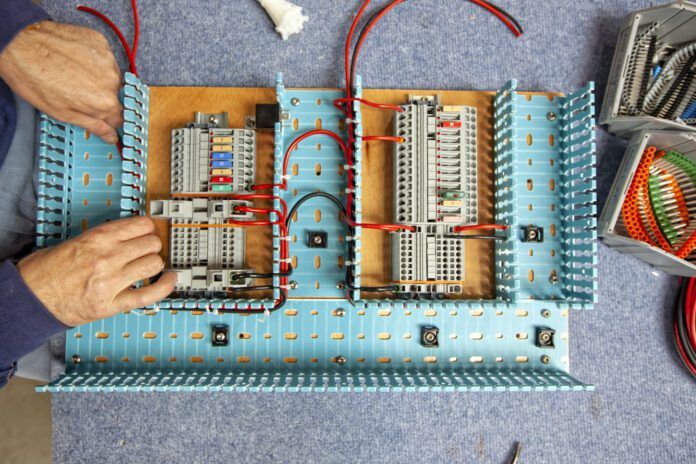We made some calls to a few well-respected boat yards and asked their electricians what problems they have experienced with customer-installed (DIY) breaker panel installations.
Almost all of the electricians said that there is usually not enough wire length left behind the panel to comfortably (and safely) remove the panel for service. Another problem: The accessory panels are being installed in spaces that do not have sufficient depth to accommodate the panel and the radius of the primary feeder wire. The pros indicated that this squashing usually loosens the feeder attachment point and causes all sorts of intermit- tent voltage problems.
We were reminded of the importance to mark and identify your wires before you remove the old distribution panel. Mark the individual accessory wire with a number, and if you can get your hands on the jacketing of the two core wire as it enters the electrical panel, print right on the wire with a fine point permanent marker the wires identification name (stern light, radar, etc.). A few of the electronics dealers we spoke with mark their distribution wires with a portable label-making machine, made specifically for marking wires. This wire-marking system prints out clear wire tags that wrap around the wire, much like a clear Band-aid.
Another area of concern is the soldering of crimp terminals onto the distribution wires. We were told about several DC panel installations that looked absolutely perfect at first glance. The wires were well marked, well organized into bundles, and stitched up with wire spiral wrap. The only problem was that all of the lug connections to the individual circuit breakers were soldered, but not crimped. Solder melts at a low temperature and therefore is convenient to work with on copper wires. But when wires heat up from overcurrent or an electrical short, the solder will melt and the electrical terminal will fail. (The approximate melting temperature of 60/40 solder is 360 degrees Fahrenheit). Always crimp your terminal lugs. You can add solder to finish up a lug, but the physical crimp is how the lug was designed to be attached to the wire.
For more information on breaker panels and other marine electrical systems, check out the entire Marine Electrical Systems series from Practical Sailor.







































